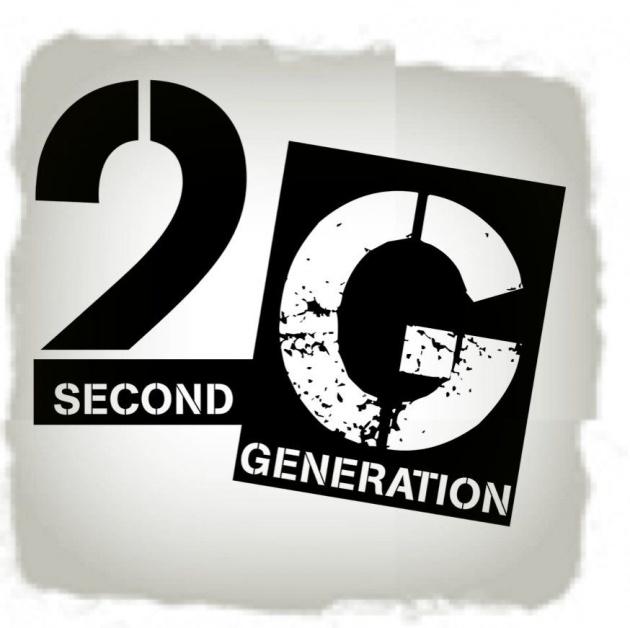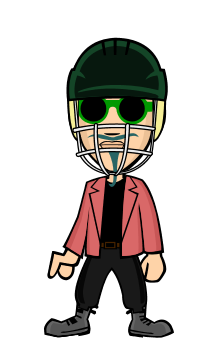2G (or 2-G) is short for second-generation wireless telephone technology. Second generation 2G cellular telecom networks were commercially launched on the GSM standard in Finland by Radiolinja (now part of Elisa Oyj) in 1991. Three primary benefits of 2G networks over their predecessors were that phone conversations were digitally encrypted 2G systems were significantly more efficient on the spectrum allowing for far greater mobile phone penetration levels; and 2G introduced data services for mobile, starting with SMS text messages. 2G technologies enabled the various mobile phone networks to provide the services such as text messages, picture messages and MMS (multi media messages). All text messages sent over 2G are digitally encrypted, allowing for the transfer of data in such a way that only the intended receiver can receive and read it.
After 2G was launched, the previous mobile telephone systems were retroactively dubbed 1G. While radio signals on 1G networks are analog, radio signals on 2G networks are digital. Both systems use digital signaling to connect the radio towers (which listen to the handsets) to the rest of the telephone system. 2G has been superseded by newer technologies such as 2.5G, 2.75G, 3G, and 4G; however, 2G networks are still used in many parts of the world.
2G technologies can be divided into Time Division Multiple Access (TDMA)-based and Code Division Multiple Access (CDMA)-based standards depending on the type of multiplexing used. The main 2G standards are:
GSM (TDMA-based), originally from Europe but used in most of the world outside North America. Today accounts for over 80% of all subscribers around the world. Over 60 GSM operators are also using CDMA2000 in the 450 MHz frequency band (CDMA450).[2]
IS-95 aka cdmaOne (CDMA-based, commonly referred as simply CDMA in the US), used in the Americas and parts of Asia. Today accounts for about 17% of all subscribers globally. Over a dozen CDMA operators have migrated to GSM including operators in Mexico, India and Australia.
PDC also known as JDC (Japanese Digital Cellular) (TDMA-based), used exclusively in Japan
iDEN (TDMA-based), proprietary network used by Nextel in the United States and Telus Mobility in Canada
IS-136 a.k.a. D-AMPS (TDMA-based, commonly referred as simply 'TDMA' in the US), was once prevalent in the Americas but most have migrated to GSM.
2G services are frequently referred as Personal Communications Service, or PCS, in the United States.
Capacity:
Using digital signals between the handsets and the towers increases system capacity in two key ways:
Digital voice data can be compressed and multiplexed much more effectively than analog voice encodings through the use of variouscodecs, allowing more calls to be transmitted in same amount of radio bandwidth.
The digital systems were designed to emit less radio power from the handsets. This meant that cells had to be smaller, so more cells had to be placed in the same amount of space. This was possible because cell towers and related equipment had become less expensive.
2G Data Transmission Capacity
With GPRS (General Packet Radio Service), you have a theoretical transfer speed of max. 50 kbit/s (40 kbit/s in practice).
With EDGE (Enhanced Data Rates for GSM Evolution), you have a theoretical transfer speed of max. 1 Mbit/s (500 kbit/s in practice)
Advantages:
While digital calls tend to be free of static and background noise, the lossy compression they use reduces their quality, meaning that the range of sound that they convey is reduced. Talking on a digital cell phone, a caller hears less of the tonality of someone's voice.
Disadvantages:
In less populous areas, the weaker digital signal transmitted by a cellular phone may not be sufficient to reach a cell tower. This tends to be a particular problem on 2G systems deployed on higher frequencies, but is mostly not a problem on 2G systems deployed on lower frequencies. National regulations differ greatly among countries which dictate where 2G can be deployed.
Analog has a smooth decay curve, but digital has a jagged steppy one. This can be both an advantage and a disadvantage. Under good conditions, digital will sound better. Under slightly worse conditions, analog will experience static, while digital has occasional dropouts. As conditions worsen, though, digital will start to completely fail, by dropping calls or being unintelligible, while analog slowly gets worse, generally holding a call longer and allowing at least some of the audio transmitted to be understood.




